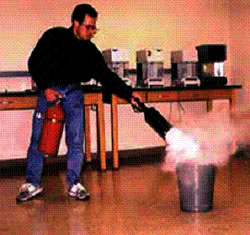Fire Extinguisher Use & Safety
Fire extinguishers are located throughout BU and BMC and are available for use by trained employees, if safe to do so. The ABC fire extinguisher is the most common type of fire extinguisher on campus. Please review the fire extinguisher types section of this page to learn more about the various types of fire extinguishers.
- A fire extinguisher has a limited capability.
- A fire extinguisher is effective on small incipient stage fires.
Before Attempting to Extinguish a Fire
You must follow the R.A.C.E. fire procedure before attempting to extinguish any fire.
Rescue/Remove
Rescue or remove any persons from the immediate scene
Alert/Activate
Pull the nearest alarm and call 911, then the following numbers:
CRC: 617-353-2121
BUMC: 617-414-6666
Confine
Close all doors to the hazard or fire area
Extinguish/Evacuate
Extinguish using the closest fire extinguisher if the fire impedes your evacuation. Evacuate to your designated meeting location.
Maintaining Fire Extinguishers
Types of Fire Extinguishers
Class A: Pressurized water based extinguisher


Use: Ordinary combustibles such as woods, papers, and plastics.
Class BC: Carbon Dioxide extinguisher
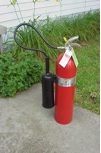


Use: Flammable liquids (i.e. ethanol, xylene) and electrical fires.
Class ABC: Multipurpose dry chemical agent extinguisher
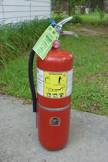



Use: Ordinary combustibles, flammable liquids, and electrical fires.
Class D: Sodium chloride or copper based dry powder
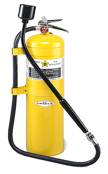

Use: Combustible metals (i.e. magnesium, powdered aluminum).
Class K: Potassium bicarbonate or wet chemical fine mist

Use: Kitchen fires, cooking oils and fats.
How to use fire extinguishers
Using the PASS Method:
Pull:
Pull the safety pin on the extinguisher.
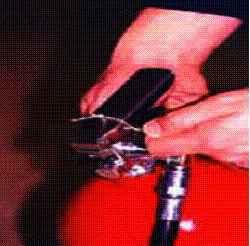
Aim:
Aim the hose of the extinguisher at the base of the fire.
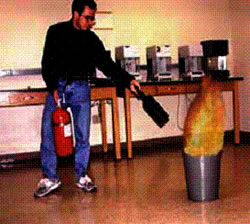
Squeeze:
Squeeze the handle to discharge the material.
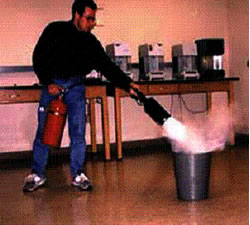
Sweep:
Sweep the hose across the base of the fire from side to side.
